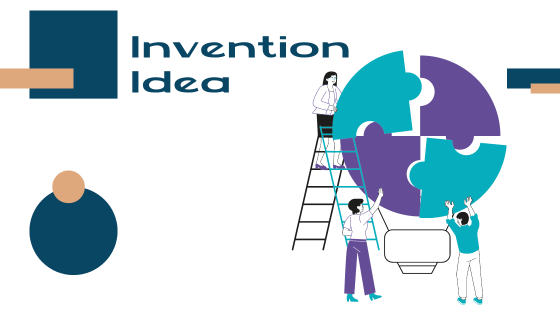Embarking on the journey of transforming an invention idea into a patented product can be an overwhelming experience for any novice inventor. The maze of legalities and technicalities involved in patenting can easily deter the uninitiated. However, InventHelp arrives as a savior, offering a beginner-friendly guide to the world of invention ideas patenting. This primer provides the essential foothold needed to progress from concept to protected innovation. Let’s see what do InventHelp’s services consist of?
Discovering the Universe of Patents
The outset of the patenting journey is understanding what a patent is. Essentially, a patent is a legal instrument that gives inventors exclusive rights to their inventions for a limited period, typically 20 years from the filing date of the application. These rights allow the inventor to prevent others from making, using, selling, or importing their invention without permission. Patents are categorized into three types: utility, design, and plant patents, each protecting different aspects of an invention.
Is Your Invention Eligible for a Patent?
Before diving into the patent application process, InventHelp emphasizes the importance of determining if your idea is patentable. A patentable invention must be novel, non-obvious, and useful. This means your invention should be something entirely new, not merely an obvious improvement or variation of something already existing, and it should have some sort of utility or functional purpose.
Conducting a Patent Search
InventHelp advises that, prior to pursuing a patent, conducting an extensive patent search is crucial to discover if there are existing patents or published materials that match your invention. An inventor can conduct a preliminary search using online databases like the United States Patent and Trademark Office (USPTO) website or enlist a patent attorney or agent to perform a professional search. InventHelp can help in navigating this step, which is vital in avoiding infringement and determining the likelihood of obtaining a patent.
Documenting Your Invention Idea Meticulously
Documenting your invention idea with as many details as possible is a step that cannot be overstressed. InventHelp suggests keeping a detailed inventor’s journal, where you chronicle every step of your invention’s development, including sketches, tests, and modifications. This journal can serve as proof of your invention’s conception date and the progression of your idea.

Preparing and Filing a Patent Application
With the help of InventHelp, inventors can learn about the components of a patent application, which usually comprises a written document, drawings, an oath or declaration, and filing fees. The written document includes a detailed description of the invention, claims defining the invention’s scope, an abstract, and, if necessary, relevant background information. Professional patent drawings that adhere to strict guidelines often accompany an application to visually communicate the invention.
Patent Application Review Process
Once filed, the patent application undergoes a rigorous review process by a patent examiner. InventHelp explains that this phase involves an assessment of your application against the legal requirements for patentability. Inventors may need to communicate with the examiner, respond to objections, and amend their applications. While this step can be demanding, the guidance of InventHelp can make it less daunting.
Securing Your Patent
After overcoming all obstacles in the review process, the awarding of a patent is the culmination of your hard work. InventHelp points out that even after securing a patent, there are responsibilities like maintenance fees and protecting your patent against infringement.
These are just some of the benefits you can expect from InventHelp. InventHelp is a great resource for inventors who want to take their ideas from concept to market. The company has been helping inventors for over 30 years and has an extensive network of professionals that can help you with every step of the process.
In Conclusion
The route to patenting an invention idea is laden with complexities. But with a dependable guide like InventHelp, beginners are empowered with the fundamental knowledge required to navigate the process. Their step-by-step approach demystifies the task at hand, laying out a clear path from conception to patented invention. With InventHelp, realizing your dream of bringing an invention to life becomes a tangible and attainable goal.


